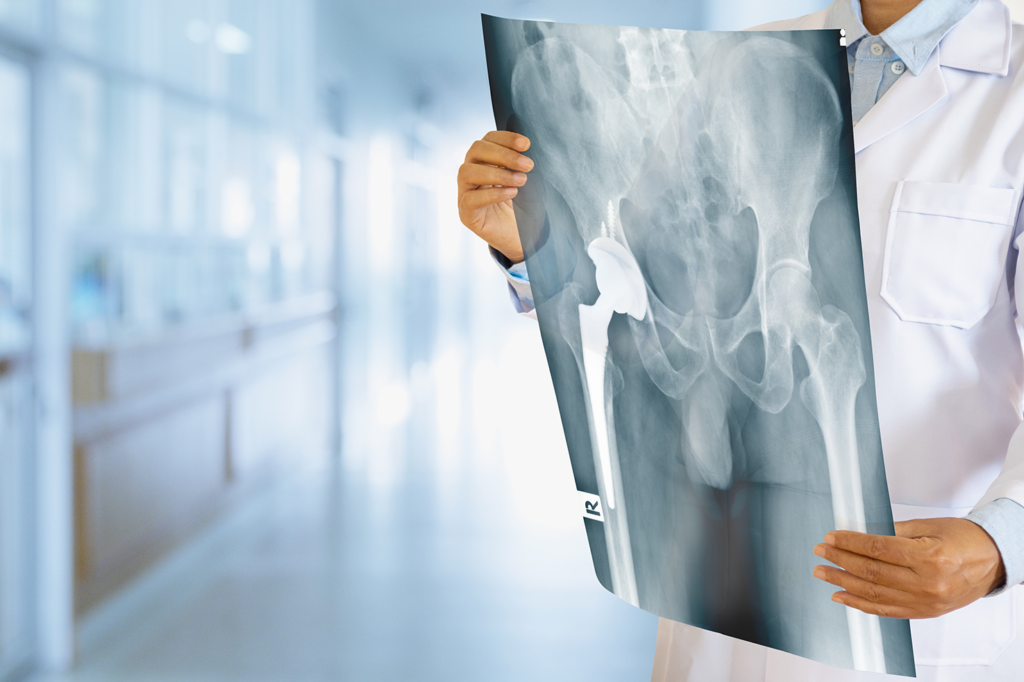- Neglected arthritis community will grow 50 per cent reaching 5.4M by 2030, generating a $9.4 billion loss in GDP1
- Advocates warn mismatch between poor funding and scale of arthritis burden is creating future ‘tipping point’
- Urgent action needed to avert long-term impact of under-investment

Leading patient organisation Arthritis Australia has called for urgent action to start addressing the challenges and impact of a rapidly growing arthritis community, set to increase by 50 per cent to reach 5.4 million within this decade with associated costs to skyrocket.1
Currently more than 3.6 million Australians, of all ages, are living with one of 100 forms of arthritis and musculoskeletal conditions, representing a leading cause of disability and a total estimated cost to the health system of $14 billion every year.1 This represents 13 per cent of Australia’s overall disease burden, equivalent to cardiovascular disease and mental health (both 12%) yet arthritis remains a low priority in terms of provision of health services and research funding.2
The number of Australians with arthritis – including rheumatoid arthritis, osteoarthritis and juvenile forms – is growing fast, as the population increases, and people live longer.
An overall loss of $9.4 billion in GDP is projected in 2030 due to the impact of arthritis on the labour force via lost income, additional welfare payments, and lost taxation revenue.1
More than $1.4 billion a year is currently spent on knee replacements alone due to osteoarthritis.1 At least $200 million of this could be avoided by delivering better management and lifestyle modifications for those at risk.1

“We are reaching a tipping point where these already high costs will skyrocket in coming years with an ageing population and rising obesity levels. The health system is spending huge amounts of money on joint replacements, some of the most expensive items in the health budget, and still struggling to keep up with demand,” said Jonathan Smithers, chief executive officer, Arthritis Australia. “To reduce the excessive and rising cost to the health system we need to fund more of the preventative programs that we know work.”
“Maintaining a ‘head in the sand’ approach fails not only to properly recognise the burden of arthritis on individuals but will also see dire consequences for Australia’s wider productivity,” Jonathan said.
“Starting now, we can make positive changes, provided arthritis is given the right level of attention, that we coordinate across stakeholders, and that we invest strategically on services and research – before it’s too late,” he said.

The latest figures reinforce the considerable strain:
- More than 800,000 hospitalisations (7 per cent of the total) will be needed this year for arthritis and musculoskeletal-related issues3
- Over $2.3 billion per year is spent on hip and knee replacements for osteoarthritis. This is expected to more than double to $5.3 billion per year by 20301
Musculoskeletal conditions including arthritis received 60 per cent lower funding from the National Health and Medical Research Council in 2021 than cardiovascular disease or mental health – with investment declining year on year, it is now at its lowest level in a decade.6 There is no dedicated Medical Research Future Fund (MRFF) Mission for musculoskeletal conditions, compared with a $220M Mission for cardiovascular disease and $125M for mental health, which carry comparable burdens.7
Critical actions needed now – before it’s too late
Arthritis Australia has prioritised two urgent requests:
- Joint Replacement – Expanded roll-out of a national surgery catch-up package with equitable prioritisation of those in most clinical need and proven support programs for people on waiting lists
- Research – Formal and detailed commitment to major and sustained funding for research to support high-value care, via a dedicated MRFF Mission and explicit prioritisation within the MRFF incorporating 2023 additional funds of $25 million and every year, until proportionate investment is achieved
Orthopaedic surgeon Professor Ian Harris, who researches evidence-based approaches to ensure surgeries are as effective as possible, said, “Many costly joint replacement surgeries would simply not be necessary if earlier intervention was available to all Australians. Australia is not in line with best practice for the management of arthritis complications, which is increasingly compounded by obesity-related comorbidities. We need earlier intervention with evidence-based support so that surgery is not the only option.”
“As a leading cause of disability and reduced work hours, the costs of arthritis and musculoskeletal conditions to the broader economy are increasing,” said Jonathan. “Urgent action is needed for the large and growing community of forgotten, unwell Australians for whom poor outcomes, poor quality of life and excessive financial pressures are the norm.”
For more information:
Inquiry into childhood rheumatic diseases: Interim report – Parliament of Australia (aph.gov.au)
Impactful Arthritis Research – Arthritis Australia
Counting the Cost: Current and Future Burden of Arthritis – Arthritis Australia
Rheumatology Workforce Report – Australian Rheumatology Association
National Strategic Action Plan for Arthritis – Australian Government Department of Health
References:
1. ‘Counting the Cost: Current and Future Burden of Arthritis’, Arthritis Australia, May 2016. Accessed March 2023
2. ‘AustralianBurden of Disease Study December 2022’, Australian Institute of Health and Welfare. Accessed March 2023
3. Chronic musculoskeletal conditions – Australian Institute of Health and Welfare
4. ‘Rheumatology Workforce Report’, Australian Rheumatology Association, February 2023. Accessed March 2023
5. Cox A, Piper S, and Singh-Grewal D. Paediatric rheumatology consultant workforce in Australia and New Zealand: the current state of play and challenges for the future. Int J Rheumatic Diseases 2017; 20: 647–65
6. National Health and Medical Research Council research funding statistics 2013-2021. Accessed March 2023
7. National Health and Medical Research Council expenditure 2021. Accessed March 2023









